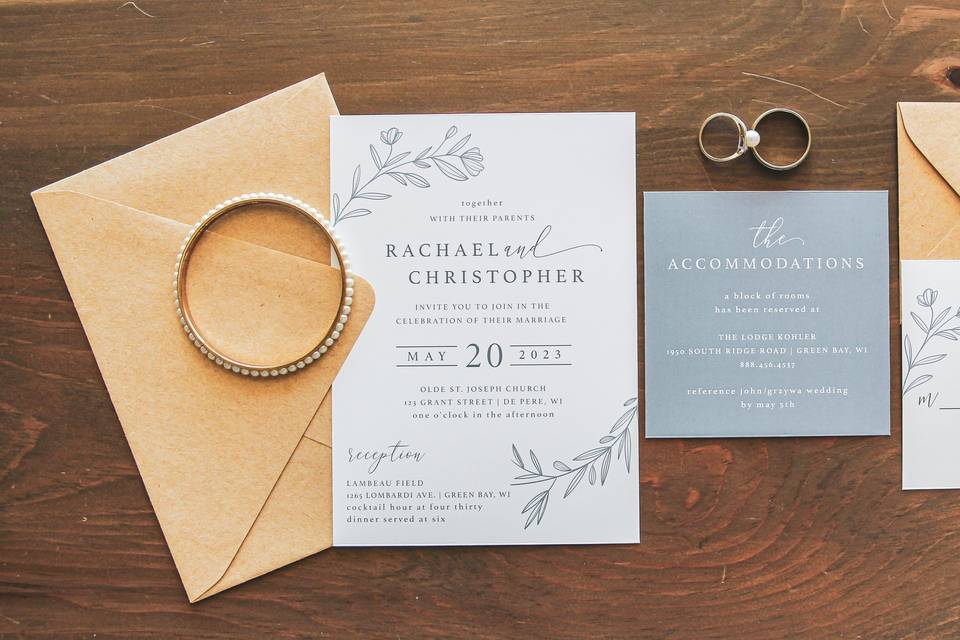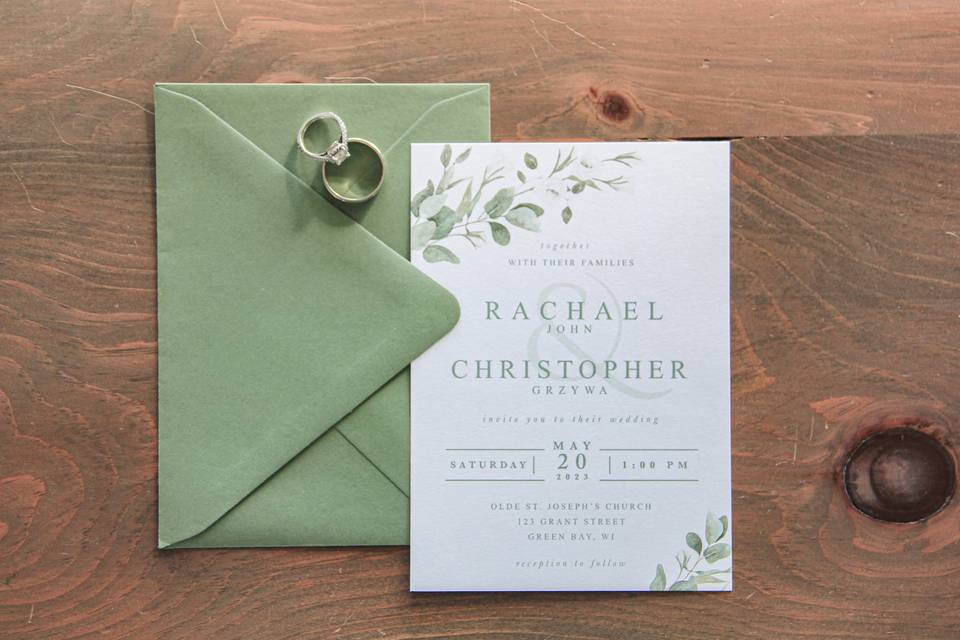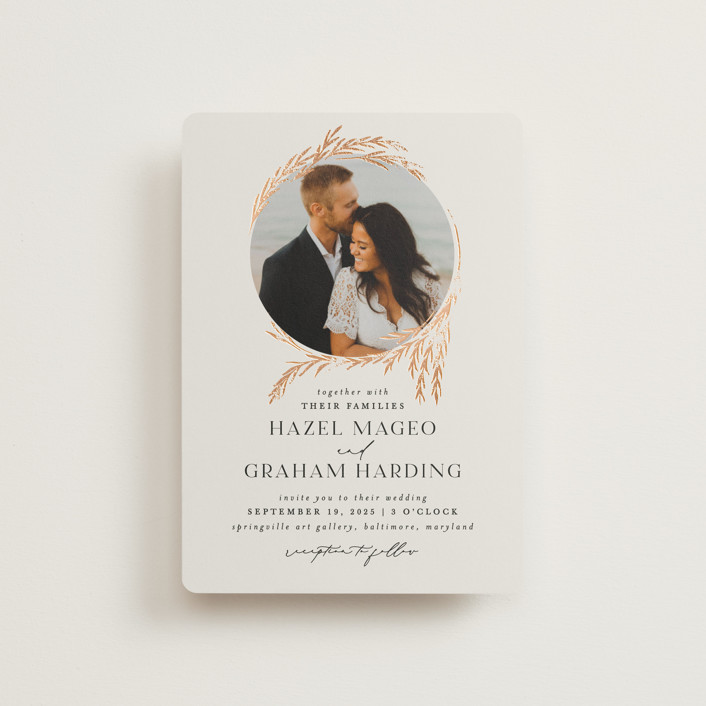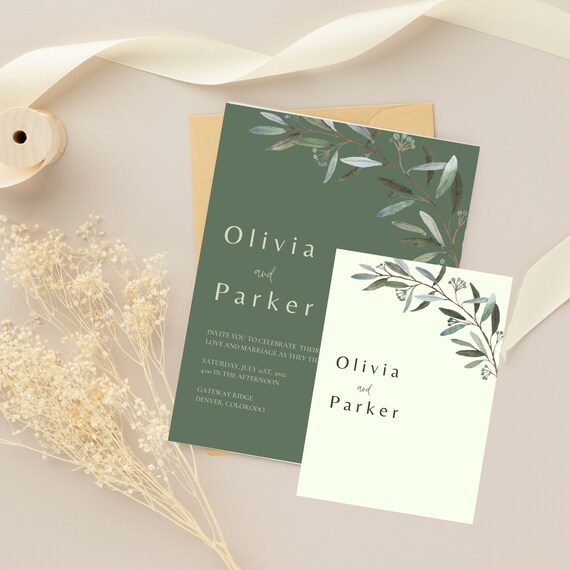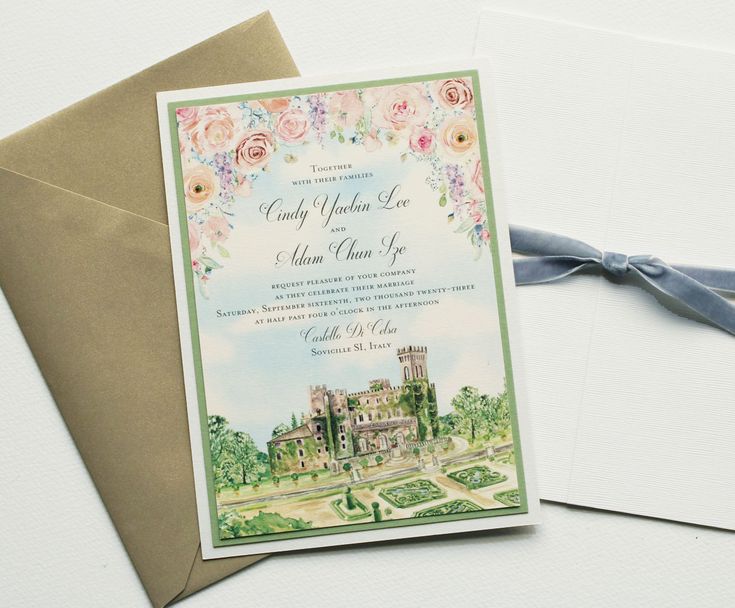I. Introduction
A. The significance of wedding invitations
Wedding invitations hold significant importance in the wedding planning process as they serve as the official announcement of the upcoming celebration. They not only convey the necessary details of the event but also set the tone and theme, reflecting the couple’s style and personality. Wedding invitations build anticipation and excitement among guests, creating a sense of anticipation for the special day.
B. Purpose of the article and importance of timely mailing
The purpose of this article is to provide valuable insights into the factors to consider when determining the timeline for mailing wedding invitations. Timely mailing is crucial to ensure that guests receive the invitations with sufficient lead time to respond, make necessary arrangements, and RSVP. By understanding and considering the factors discussed, couples can effectively plan and execute the invitation mailing process, contributing to a successful and memorable wedding experience.
II. Factors to Consider
A. Setting the wedding date and venue
- Selecting the ideal wedding date
When choosing the wedding date, couples should consider various factors, such as personal preferences, cultural or religious traditions, availability of important guests, and the desired season or weather conditions. Balancing these factors helps determine the best date for the wedding event. - Finalizing the wedding venue
Once the wedding venue is selected, it is essential to confirm the date with the venue management. Finalizing the venue allows couples to move forward with other planning aspects, such as designing and printing the invitations, and determining the appropriate mailing timeline.
B. Wedding size and guest list
- Determining the number of guests
Couples must decide on the desired size of the wedding, considering factors such as budget, venue capacity, and personal preferences. By having a clear idea of the approximate number of guests, couples can make informed decisions regarding invitation quantities, printing costs, and seating arrangements. - Balancing between intimate and larger gatherings
Weddings can be intimate affairs with a smaller guest list, or they can be larger celebrations with extended family, friends, and acquaintances. Couples should decide on the desired size and atmosphere of their wedding, considering their preferences for a more intimate celebration or a larger gathering of loved ones.
III. Recommended Timeline for Mailing Wedding Invitations
A. Save-the-Dates: Six to Eight Months Before
- Importance of save-the-dates
Save-the-date cards or announcements are typically sent six to eight months before the wedding. These serve as preliminary notifications for guests, giving them a heads-up about the wedding date and allowing them to mark it on their calendars. Save-the-dates are particularly crucial for destination weddings or when many guests need to make travel arrangements. - Including essential information and planning details
Save-the-dates should include key information, such as the couple’s names, the wedding date, and the general location (city or region). Couples may choose to provide additional details, such as a wedding website URL or any pertinent travel information for destination weddings. The goal is to give guests the necessary information to anticipate and plan for the upcoming celebration.
B. Formal Invitations: Six to Eight Weeks Before
- Crafting the perfect wedding invitation Formal wedding invitations are sent out six to eight weeks before the wedding date. These invitations set the tone and formality of the event. Couples have the opportunity to showcase their wedding theme, colors, and personal style through their invitations. Investing time and effort in designing and customizing the invitations can make them truly special and memorable.
- Including RSVP information and additional details Formal invitations should include all the necessary details for guests to understand the wedding logistics. This includes the couple’s names, the date, time, and location of the ceremony and reception, attire suggestions, and any specific instructions or requests. The RSVP information should be prominently displayed, allowing guests to respond promptly.
C. Destination Weddings: Ten to Twelve Weeks Before
- Extra considerations for destination weddings Destination weddings require additional planning and coordination due to the travel involved. Couples should consider sending out their formal invitations ten to twelve weeks before the wedding date to give guests ample time to make travel arrangements, book accommodations, and plan their schedules accordingly. Providing comprehensive information and assistance regarding travel arrangements, local attractions, and transportation options is essential to ensure a smooth and enjoyable experience for guests.
- Giving guests ample time to plan and RSVP Destination weddings often involve more logistical considerations and travel arrangements than local weddings. By sending out invitations earlier, couples can give their guests time to plan their attendance, consider their schedules, and RSVP in a timely manner. This allows couples to have a more accurate guest count and plan their wedding logistics accordingly.
IV. Tips for Efficient Invitation Mailing
A. Staying organized with guest lists and addresses
- Utilizing digital spreadsheets or wedding planning software Create a digital spreadsheet or use wedding planning software to keep track of your guest list and addresses. This ensures that you have all the necessary information in one place and can easily make updates or changes as needed.
- Keeping track of RSVPs and dietary preferences As the RSVPs start coming in, keep a record of who has responded and who has yet to reply. This will help you keep track of the final guest count and assist in making seating arrangements. Additionally, note any dietary preferences or allergies to ensure that your caterer can accommodate all your guests’ needs.
B. Customizing postage and envelopes
- Adding a personal touch to your wedding invitations Consider adding a personal touch to your wedding invitations by using custom-designed envelopes or seals that match your wedding theme. Handwriting the addresses or using calligraphy adds a personal and elegant touch.
- Choosing appropriate postage and addressing techniques Weigh your completed wedding invitations, including all enclosures, to determine the correct postage. Choose stamps that complement the design of your invitations. Use calligraphy or a decorative handwriting style for addressing envelopes to add an extra touch of sophistication.
Conclusion
Mailing wedding invitations is a crucial part of the wedding planning process. Follow the recommended timeline for mailing save-the-dates, formal invitations, and destination wedding invitations to ensure that your guests have ample time to make necessary arrangements and RSVP. Stay organized with digital spreadsheets or wedding planning software to manage your guest lists and addresses effectively. Customize postage and envelopes to add personality and elegance to your wedding invitations. By following these tips, you’ll be on your way to successfully mailing your wedding invitations and creating a memorable experience for your guests.

